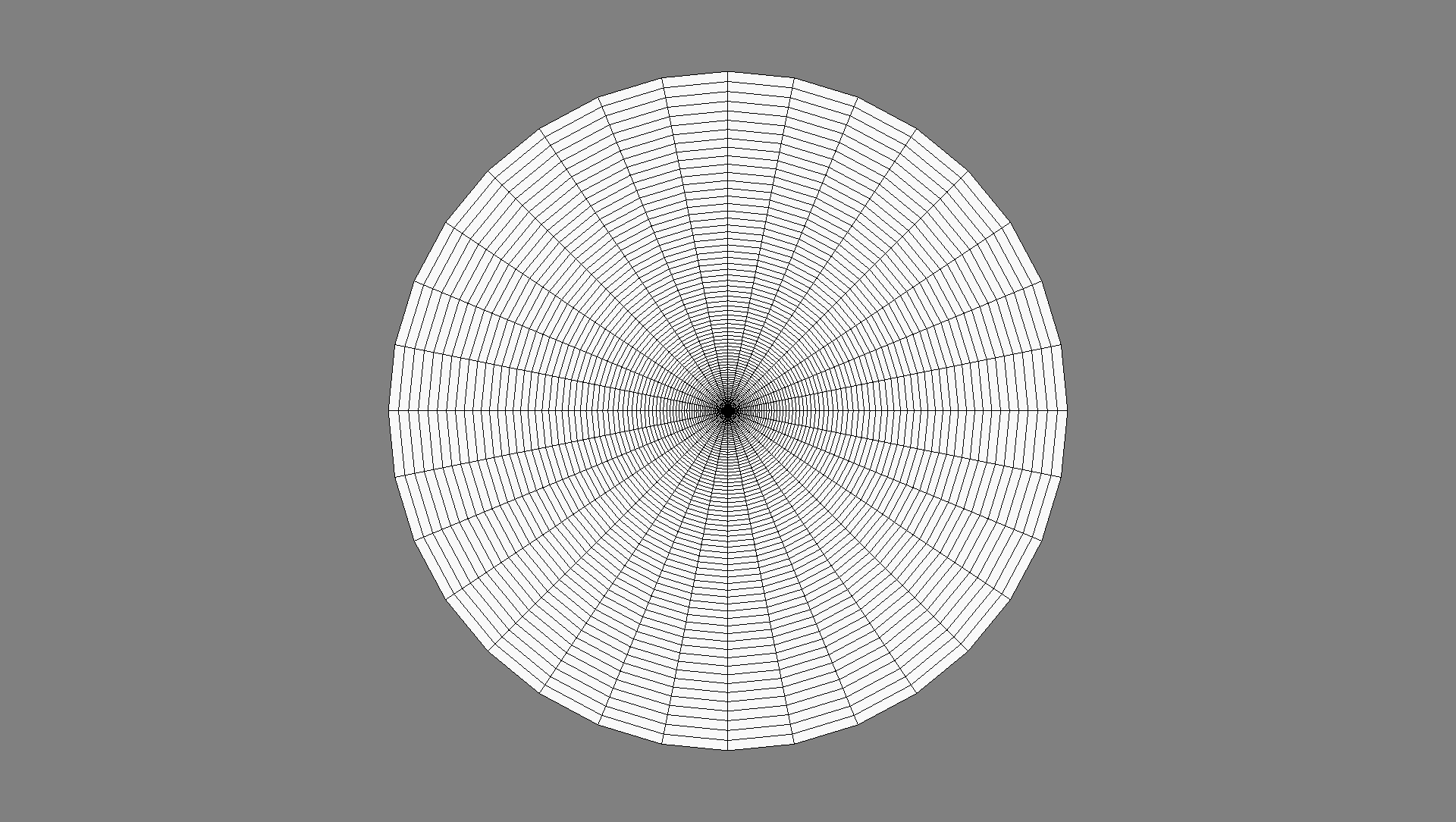Tutorial 1: A pumping test
This is a minimal example on how to setup a pumping test with ogs5py. The result was plotted against the analytical solution.
In this example we use the generate_time function, to use
an array of time points for the time stepping definition.
model.tim.add_block(**generate_time(time))
is equivalent to:
model.tim.add_block(
TIME_START=0,
TIME_END=time[-1],
TIME_STEPS=[
[1, time[0]],
[1, time[1]],
[1, time[2]],
# ...
],
)
The script:
import anaflow as ana
from ogs5py import OGS, specialrange, generate_time
from matplotlib import pyplot as plt
# discretization and parameters
time = specialrange(0, 3600, 50, typ="cub")
rad = specialrange(0, 1000, 100, typ="cub")
obs = rad[21]
angles = 32
storage = 1e-3
transmissivity = 1e-4
rate = -1e-3
# model setup
model = OGS(task_root="pump_test", task_id="model")
model.pcs.add_block( # set the process type
PCS_TYPE="GROUNDWATER_FLOW", NUM_TYPE="NEW"
)
# generate a radial mesh and geometry ("boundary" polyline)
model.msh.generate("radial", dim=2, rad=rad, angles=angles)
model.gli.generate("radial", dim=2, rad_out=rad[-1], angles=angles)
model.gli.add_points([0.0, 0.0, 0.0], "pwell")
model.gli.add_points([obs, 0.0, 0.0], "owell")
model.bc.add_block( # boundary condition
PCS_TYPE="GROUNDWATER_FLOW",
PRIMARY_VARIABLE="HEAD",
GEO_TYPE=["POLYLINE", "boundary"],
DIS_TYPE=["CONSTANT", 0.0],
)
model.ic.add_block( # initial condition
PCS_TYPE="GROUNDWATER_FLOW",
PRIMARY_VARIABLE="HEAD",
GEO_TYPE="DOMAIN",
DIS_TYPE=["CONSTANT", 0.0],
)
model.st.add_block( # source term
PCS_TYPE="GROUNDWATER_FLOW",
PRIMARY_VARIABLE="HEAD",
GEO_TYPE=["POINT", "pwell"],
DIS_TYPE=["CONSTANT_NEUMANN", rate],
)
model.mmp.add_block( # medium properties
GEOMETRY_DIMENSION=2,
STORAGE=[1, storage],
PERMEABILITY_TENSOR=["ISOTROPIC", transmissivity],
)
model.num.add_block( # numerical solver
PCS_TYPE="GROUNDWATER_FLOW",
LINEAR_SOLVER=[2, 5, 1e-14, 1000, 1.0, 100, 4]
)
model.out.add_block( # point observation
PCS_TYPE="GROUNDWATER_FLOW",
NOD_VALUES="HEAD",
GEO_TYPE=["POINT", "owell"],
DAT_TYPE="TECPLOT",
)
model.tim.add_block( # set the timesteps
PCS_TYPE="GROUNDWATER_FLOW",
**generate_time(time) # generate input from time-series
)
model.write_input()
success = model.run_model()
print("success:", success)
# observation
point = model.readtec_point(pcs="GROUNDWATER_FLOW")
time = point["owell"]["TIME"]
head = point["owell"]["HEAD"]
# analytical solution
head_ana = ana.theis(time, obs, storage, transmissivity, rate=rate)
# comparisson plot
plt.scatter(time, head, color="k", label="simulated, r={:04.2f}m".format(obs))
plt.plot(time, head_ana, label="analytical solution")
plt.xscale("symlog", linthreshx=10, subsx=range(1, 10))
plt.xlim([0, 1.1 * time[-1]])
plt.xlabel("time in s")
plt.ylabel("head in m")
plt.legend()
plt.show()
# show mesh
model.msh.show()

